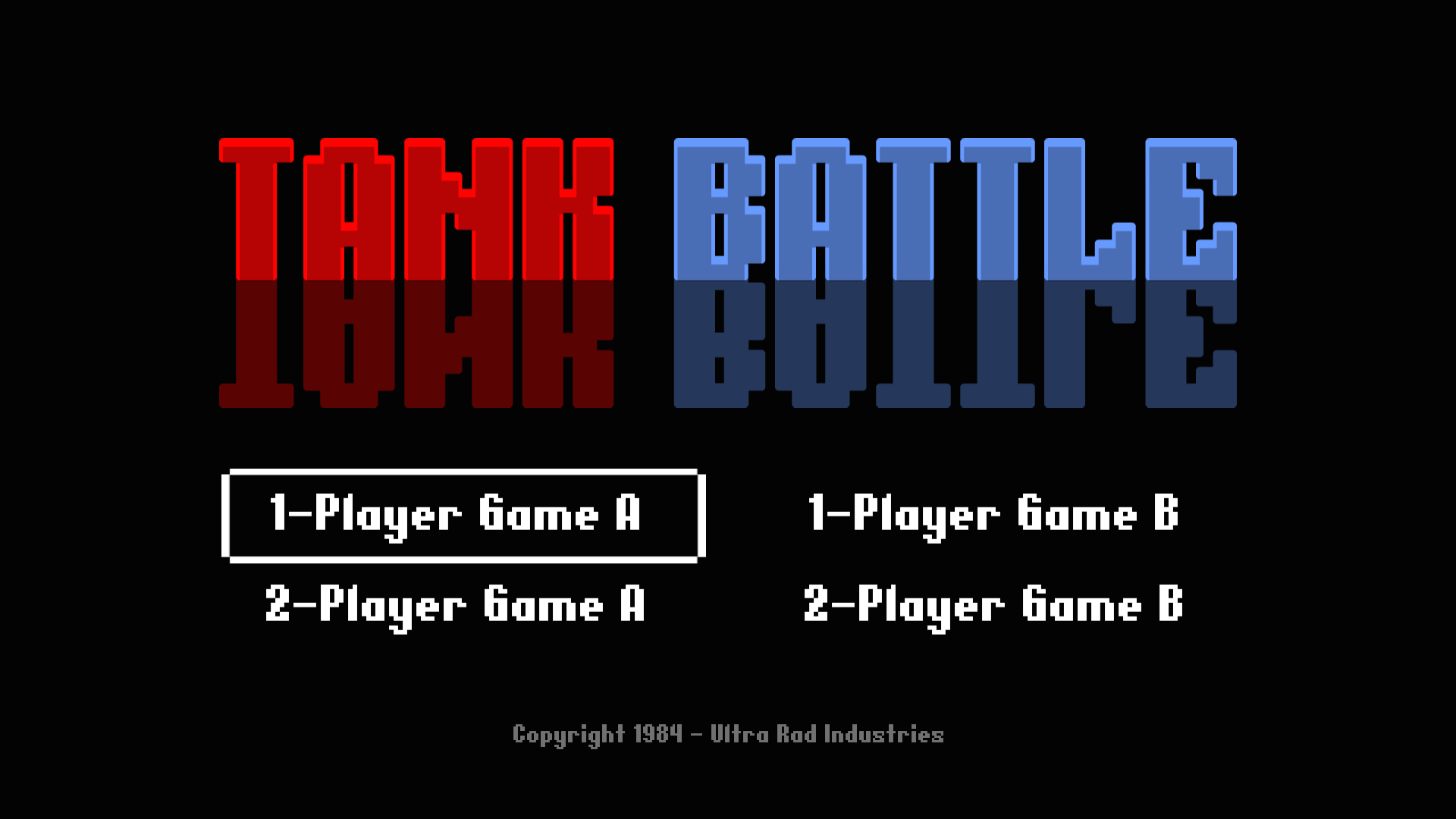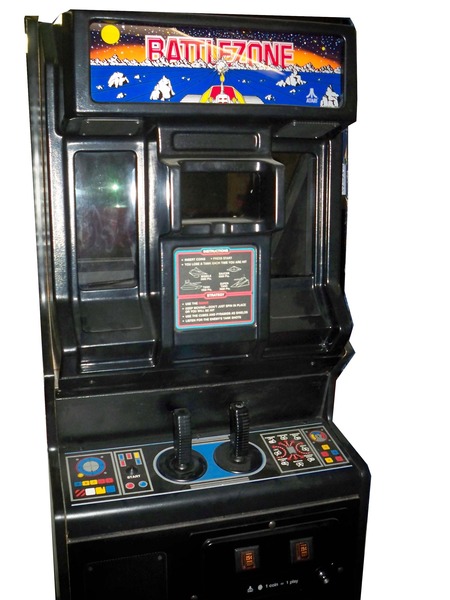
Two of the most notable, Activision and iMagic, weathered various legal maneuvers by Atari to produce game cartridges that, in many cases, were better than what Atari was building at the time, including Pitfall!, River Raid, Robot Tank, Atlantis, and Demon Attack.Ĭompeting consoles also began to appear on the market, including Mattel’s Intellivision (1979) and Coleco Industries’ ColecoVision (1982). Third-party software developers also began to get into the act. The home release of Asteroids soon followed, propelling the console to even greater sales success. In 1980 the company hit the jackpot with the release of Space Invaders, the first-ever arcade-to-home video game license. Many of the games were loosely based on popular games in arcades of the day, a trend the company would continue to mine in future years.Īs the Atari VCS continued to grow in popularity and sales, the company continued to expand the cartridge library. At the time, programmers were able to tap into 4K of ROM when developing cartridges.Īnd what about those game cartridges! Atari initially offered nine games, including Combat, Air-Sea Battle, Basic Math, Blackjack, Indy 500, Star Ship, Street Racer, Surround, and Video Olympics. The technology that powered the VCS was cutting-edge at the time, and included an 8-bit microprocessor, 128-bytes of RAM, and a custom graphics/sound chip that supported up to a 128-color palette (depending on the format of your TV signal).

The initial release of the VCS cost $199 and included a console unit, two joysticks, a single pair of paddles, and the Combat cartridge, which contained a series of tank and plane shoot ‘em-ups.

Released in September 1977, the Atari Video Computer System (VCS) was one of the earliest video game systems and is widely credited with helping lay the foundation for what would become a multi-billion-dollar industry. Company: Atari | Release date: 1977 | Where to purchase: eBay


 0 kommentar(er)
0 kommentar(er)
